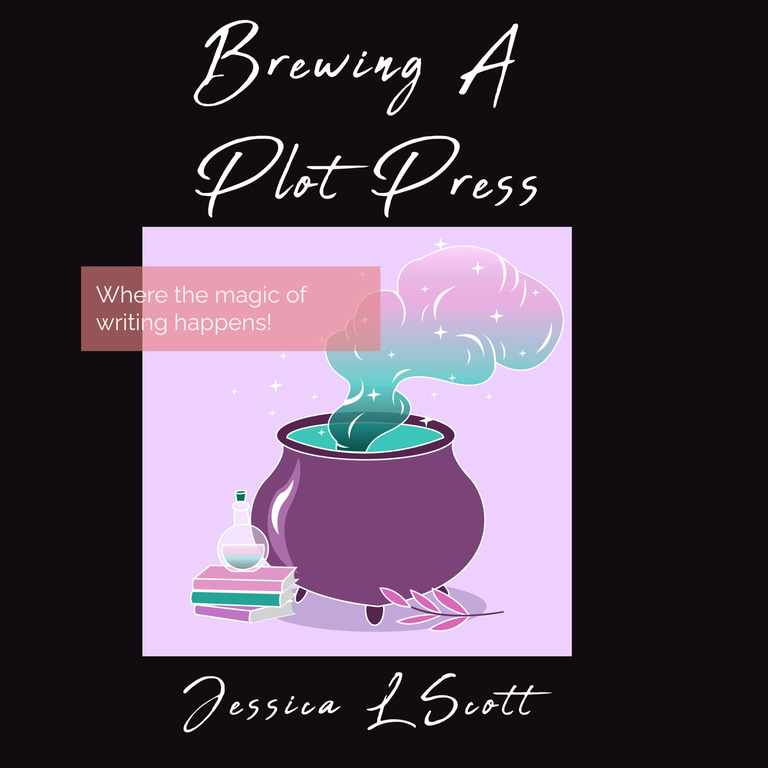Four Top Tips for Writing Compelling Characters
It can sometimes be a struggle identifying what makes someone's character's great and how to make yours just as compelling. Here, I break down four top tips for creating compelling characters followed by a quick exercise.
3/5/20252 min read
Introduction
Creating compelling characters is at the heart of any good story. Strong characters not only drive the plot but also engage readers on a personal level, offering them a reason to care about the narrative. In this article, we will explore four essential tips for writing characters that resonate with your audience, utilizing resources from renowned writing experts.
1. Define Clear Motivations
Characters need clear motivations that drive their actions throughout the story. As noted by literary expert Janet Burroway in her book Writing Fiction, motivations can stem from desires, fears, or personal history. Clearly defined motivations make characters relatable and help the audience invest in their journey.
2. Show, Don’t Tell
Instead of telling readers about a character’s traits, show these traits through actions and dialogue. For example, instead of stating a character is generous, depict them performing a selfless act. This technique allows readers to draw their own conclusions about the character.
A character's surroundings can also influence their behaviour and thinking. Jeff VanderMeer, in an interview with Writer's Digest highlights that settings can act as character extensions and settings can have a symbiotic relationship with characters. Reflect on how different settings affect your characters, both physically and emotionally.
3. Build Characters with Conflict
Conflict is essential in character development, whether internal or external. Incorporating conflict helps maintain tension and keeps the plot moving forward. You can do this by utilising flaws or creating problems which are self inflicted as well creating conflicts between other characters who are equally flawed. Emotionally charged drama can help to immerse us further into their plight. Create Story Conflict, Eileene Cook is a recommended read and helped me to create conflict through emotions.
4. Give them Rich Backstories & Make Them Dynamic
A well-developed backstory adds depth to your characters. Consider how their past shapes their behaviour and choices in the story.
Dynamic characters evolve through the story, providing a sense of growth and transformation. Readers are more invested in characters who overcome challenges. Ensure that your characters learn from their experiences and demonstrate change by the story's conclusion.
Quick Exercise
Pick a place, ideally one which has items in it and is not an empty space e.g. an ice-cream van, phone booth turned book swap, boat house, car, an artist’s studio, a kitchen.
Then pick two emotions .e.g. sad, angry. With your chosen place, write 200 words on each emotion or on the character’s emotions interacting with that place. Describe it through the lens of that emotion, or if you can, personify the setting.
For instance, one could start the exercise with:
The room was a joyous colour of yellow and green, an unnatural shade. It sang of the triumphs of man and immortalised a colour that only humanity could imagine.
Or:
The room quietly whimpered in disgust with itself. The yellow green of the walls, like vomit, made my already upset stomach queasy.
Alternatively, you could pick the same place and write it in the perspective of someone having a good day and someone having a bad day. What details would they focus on and how would they focus on them?
The idea is to notice how characters interact with settings and vice vera. Taking a character out of their comfort zone can lead to interesting scenarios, build tension and conflict within a scene.




